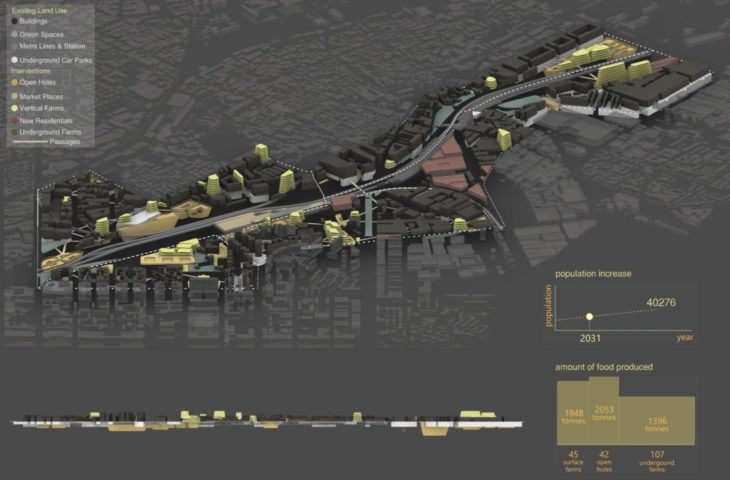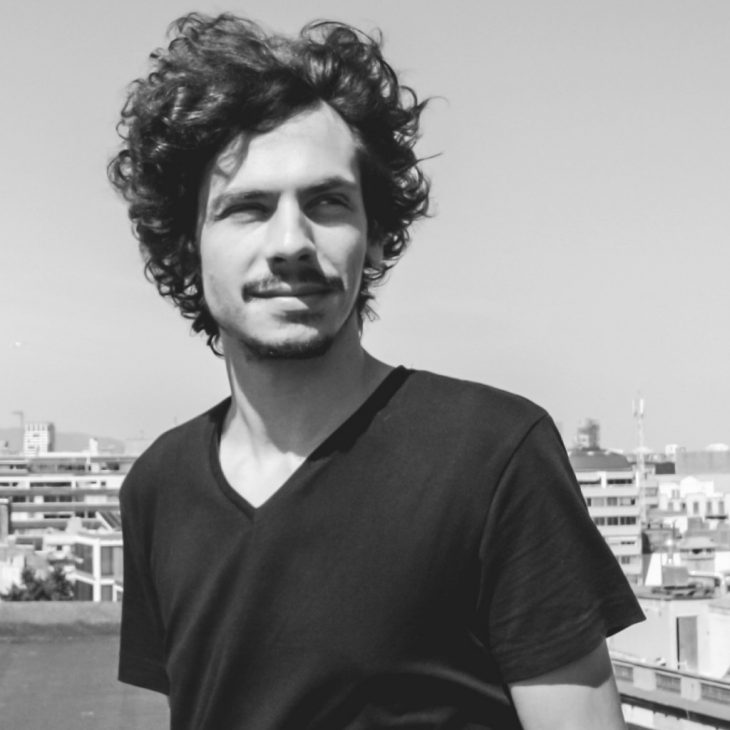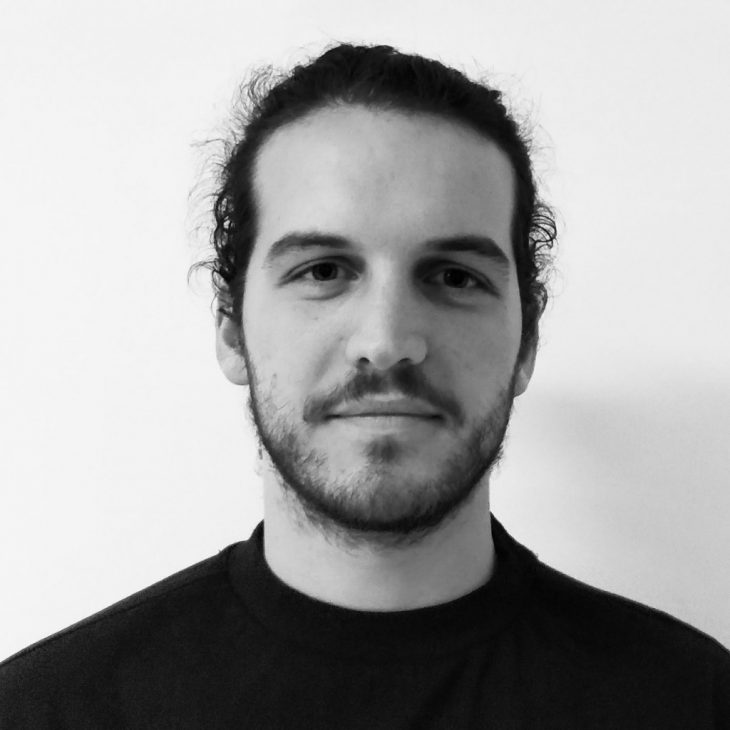Master in City & Technology 2021/22 – Term II
Seminar Name: Computational Urban Design II
Total Hours: 20 hours
Faculty: Eugenio Bettucchi, Iacopo Neri

Credits: Food For Future (IAAC project 2020-21) by S. Coskun, L. Guimarães, D. Roussi and A. Aguirre Such
Abstract
The aim of the Computational Urban Design course is to empower students with the capacity to fully understand and exploit computational thinking in order to design complex algorithmic pipelines from raw data to design.
The course exploits Grasshopper 3D as the main computational tool because of its intuitiveness, and its large use in the AEC and the planning field. Despite no prior knowledge of programming is required, throughout the course students will master advanced computational logics that will enhance their design workflows in accomplishing the challenges of this course, and of the future profession more in general.
After an initial introduction on spatial mapping and data processing, the second part of the course will focus on the application of iterative computational processes to explore and create design solutions – and so – to process and create-by data. Participants will be challenged with a portfolio of advanced logics that they will independently analyze to address selected urban issues, achieving results that would remain inaccessible otherwise.
More specifically and based on the framework of emerging complexity, the second term of the course will exploit iterative processes to shape 2D and 3D information-rich morphologies starting from simple topological rules. Students will explore computational concepts such as discrete aggregation, agent-based modeling, voxels grid and rule-based growth. Finally, through creating scenarios and evaluating data, computation will play a key role not only as a medium to achieve complex-data-driven solutions but rather to consolidate the design as a process able to adapt to local, temporal, and decisional conditions.
Learning Objectives
At course completion, the student will:
– fluently use Rhinoceros and Grasshopper 3D,
– implements design solutions taking advantage of computational tools
– manage and visualize complex geometries and data
– read and export data in various format
– integrate Grasshopper 3D with other software
Faculty

Eugenio Bettucchi is a civil engineer with a degree in Building Engineering & Architecture from Alma Mater Studiorum, University of Bologna (IT). He developed his thesis focusing on robotic material deposition based on real-time feedback. Currently, he is a senior designer at Noumena Barcelona, his interests and skills lie in computational design and digital fabrication. He is part of the IaaC assisting students in MRAC (master in Robotic and Advanced Construction) and OTF (Open Thesis Fabrication) master programme and in several other masters. He is also involved in the ROMI project (Robotics for Micro Farming) contributing to the development of autonomous aerial solutions.

Iacopo Neri’s research lies at the intersection between architecture, computer science and urban planning. He holds a Master of Science in Architecture with Distinction at The Polytechnic University of Milan, and attended a Master in City and Technology at the Institute for Advanced Architecture of Catalonia (IaaC, Spain) after presenting a paper about Swarm Intelligences for crowd-based analysis during the Responsive Cities Symposium (2017, Barcelona). He has been involved as a teaching assistant since 2015 at the University of Florence, later, at The Polytechnic University of Milan, and finally at IAAC where he is currently part of the City and Technology computational research team. He also works as a computational designer at External Reference Architecture Bureau, Barcelona.
